The world’s animal distribution map will need to be redrawn and textbooks updated, after researchers discovered the existence of ‘Australian’ species on Christmas Island.
The University of Queensland’s Professor Jonathan Aitchison said the finding revises the long-held understanding of the location of one of biology and geography’s most significant barriers – the Wallace line.
“The Wallace line – named after its discoverer Alfred Russel Wallace – delineates major biological division separating the species with Asian origins from those with Australasian ones,” Professor Aitchison said.
“It runs along the narrow seaways separating Bali from Lombok, and Borneo from Sulawesi.
“To the west are the tigers, elephants, rhinoceroses, and orang-utans of Eurasia and to the east, the marsupials and monotremes that are synonymous with Australia.”
Working 1000 kilometers (620 miles) west of the conventional trace of Wallace line, on Christmas Island, Professor Aitchison and his colleagues, Dr. Jason Ali from the University of Hong Kong and Professor Shai Meiri from the University of Tel Aviv, noted species with Australasian origins.
“Unexpectedly, half of Christmas Island’s land mammal and land reptile species – two rats, two skinks, and one gecko – have a genetic heritage to Australia’s side of the divide,” Dr. Ali said.
“It was a highly surprising discovery.
“The ancestors of these species would have most likely been washed over on uprooted trees of vegetation mats and transported in by a major oceanic current known as the Indonesian Throughflow.
“The Indonesian Throughflow is part of the global heat conveyor belt, and follows deeper waters that delineate the Wallace line. It’s caused by the westernmost Pacific Ocean surface topography being slightly higher than its Indian Ocean counterpart.
“That’s right – it’s a little mind-bending – but the ‘sea-level’ varies slightly in different parts of the world.”
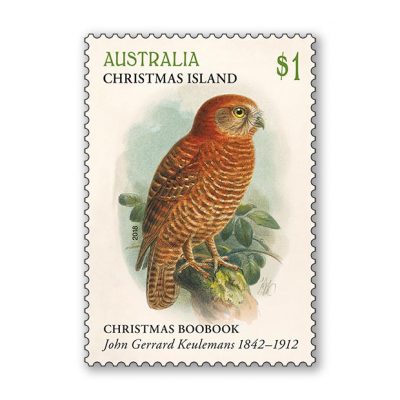
The Christmas boobook (Ninox natalis), also known more specifically as the Christmas Island hawk-owl, is one of the island’s rare species, featured on a postage stamp. Credit: Australia Post
Professor Aitchison said the species’ journey must have occurred within the last five million years, as this is when Christmas Island emerged to form a new landmass.
“Christmas Island existed as a coral atoll from about 40 to 17 million years ago,” Professor Aitchison said. But in response to a tectonics phenomenon originally described by Darwin, it subsided beneath the ocean surface and disappeared.
“It re-surfaced only five million years ago thanks to some flexing tectonic plates – 300 to 350 kilometers (190 to 220 miles) to the south of where it is now located – from then on land plants and animals could begin to establish new populations.
“Christmas Island is a strange and unique place, not just because of its geological history, but also its biological history.
“We’re excited to see what other weird and wonderful discoveries are ahead.”
References:
“Redrawing Wallace’s Line based on the fauna of Christmas Island, eastern Indian Ocean” by Jason R Ali, Jonathan C Aitchison and Shai Meiri, 10 March 2020, Biological Journal of the Linnean Society.
DOI: 10.1093/biolinnean/blaa018
“Time of re-emergence of Christmas Island and its biogeographical significance” by Jason R. Ali and Jonathan C. Aitchison, 14 October 2019, Palaeogeography, Palaeoclimatology, Palaeoecology.
DOI: 10.1016/j.palaeo.2019.109396

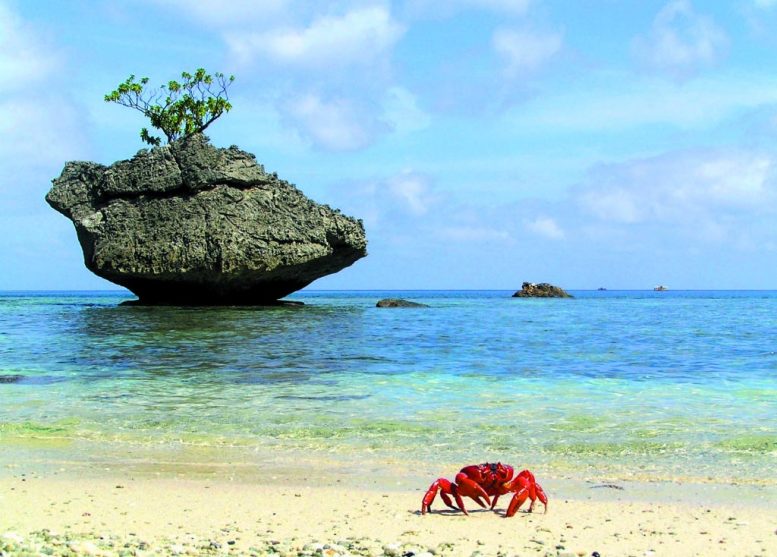
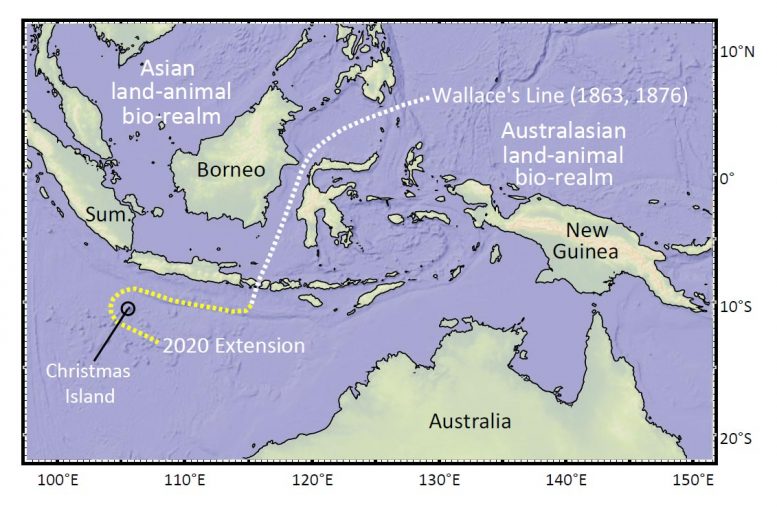
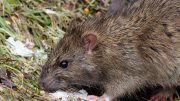
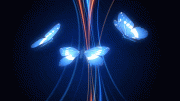
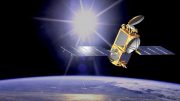
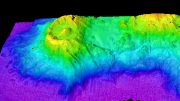
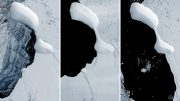

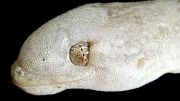
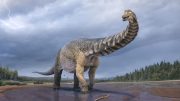
The redrawing of the maps and the updating of textbooks will continue to infinity if is not known by what and how the species and everything on Earth are really performed.
good post
Green juices are made with fruits and vegetables filled with antioxidants, phytochemicals, minerals and vitamins — sometimes as much as a day’s worth of vegetables in one serving. When vegetables are juiced, the natural sugars in the vegetable are separated from the pulp, which is where the fiber is located. You may feel a “pump” of energy once those natural sugars get into your bloodstream and your glucose levels are raised.
Weight Loss
I really want to take some rest from doing homework and spend some days somewhere where it’s hot and sunny. I have most likely have been washed over on uprooted trees of vegetation mats and transported in by a major oceanic current known as the Indonesian Through flow.
https://www.ornamentsbyelves.com
There are also many sampling techniques within qualitative research. One form is theoretical sampling, generic purposive sampling, snowball sampling. Theoretical sampling is a process in which you are going to generate theory from the data you have collected. Generic purposive sampling takes places when participants are chosen with a purpose in mind. Snowball sampling is used when a researcher starts off with a small group of people and that group of people recruits others to participate in the study.https://scopepet.com/teacup-parti-yorkies/
Digital Marketing is an essential apparatus for organizations and it comprises of each and every showcasing exertion an organization makes in the advanced climate. That is to say, obviously, the entirety of the organization’s web-based presence.